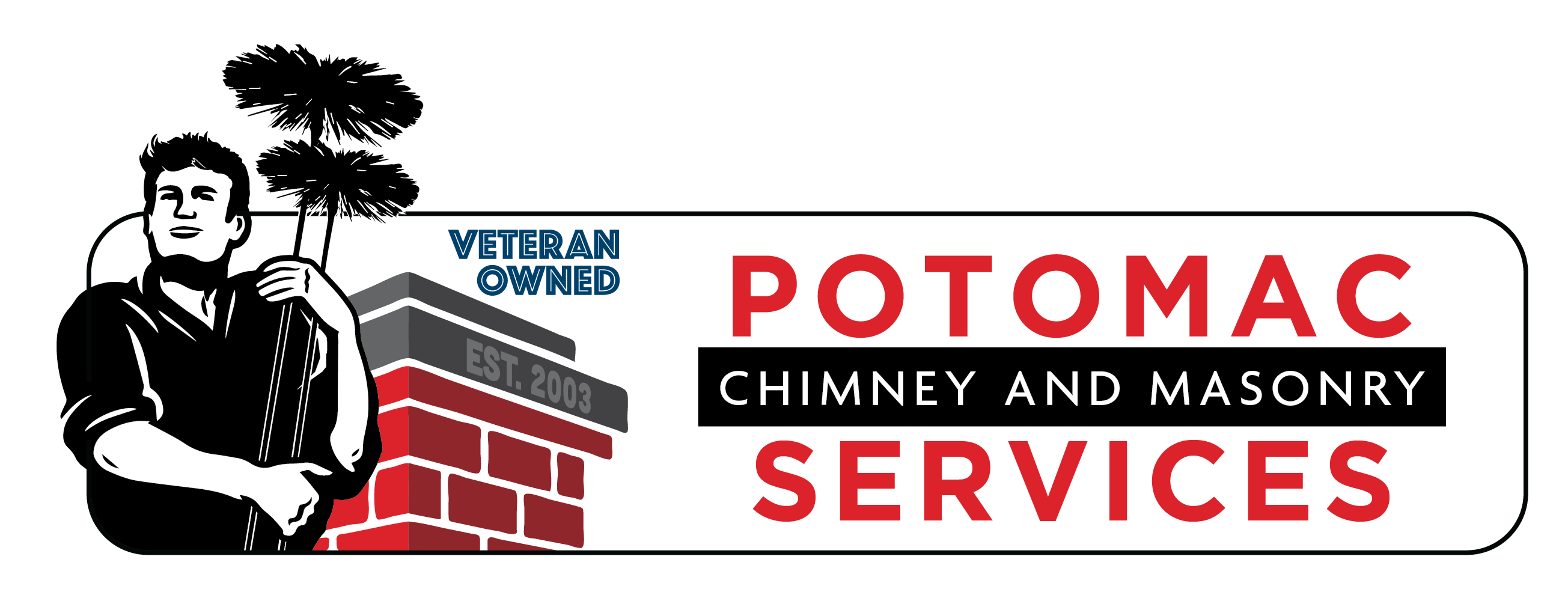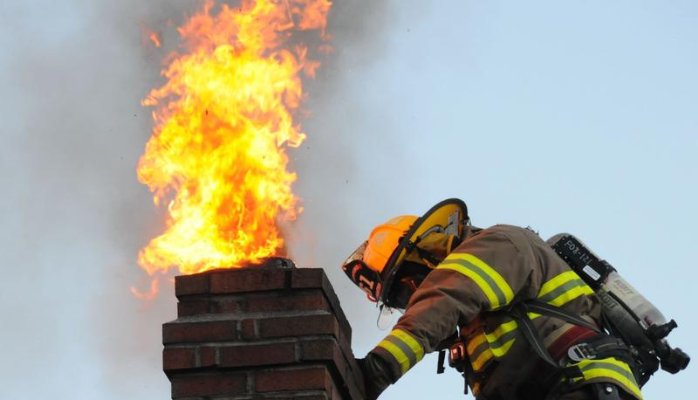- By Cathy Peterson
- Chimney Repair, Uncategorized
- 0 Comment
3 Easy Ways to Prevent a Dangerous Chimney Fire
Chimney fires are one of the most dangerous and preventable hazards for homeowners with fireplaces. The allure of a cozy fire is often tempered by the risk of flames going where they shouldn’t — up into your chimney and even your home. Chimney fires can ignite suddenly, often with explosive force, causing extensive property damage and putting lives in danger. Fortunately, there are several proactive steps homeowners can take to prevent this catastrophe.
In this blog, we’ll outline 3 easy ways to prevent chimney fires and the severe risks you face if these preventive measures aren’t taken.
1. Schedule Annual Chimney Inspections
A thorough annual chimney inspection is a must for maintaining safety. A certified chimney technician will inspect for any obstructions, creosote buildup, and structural damage that could lead to a chimney fire. Additionally, they’ll identify any worn components like caps, dampers, and flashing that might compromise safety or efficiency.
Risk of Neglect: Failing to schedule annual inspections could mean hidden dangers go undetected. Creosote, a highly flammable substance, could accumulate without your knowledge, dramatically increasing the risk of a chimney fire. Structural issues like cracks or loose bricks could also allow fire to escape the chimney and spread into your home’s walls or attic.
2. Regular Chimney Cleaning
Chimneys should be cleaned at least once a year, or more frequently if you burn wood often. The primary culprit of chimney fires is creosote buildup, a black, tar-like residue that sticks to the chimney walls. When it accumulates in thick layers, it can easily catch fire. A professional chimney sweep will remove this buildup, ensuring a safer fireplace.
Risk of Neglect: If you fail to clean your chimney regularly, creosote layers can ignite, resulting in a chimney fire that might spread into your home. Even if a fire doesn’t break out, a clogged chimney reduces ventilation, causing harmful carbon monoxide to build up in your home, posing a silent but deadly threat.
3. Burn Seasoned, Dry Wood
Always burn properly seasoned wood in your fireplace. Wet or green wood burns inefficiently, producing excess smoke and creosote buildup. Seasoned wood has been allowed to dry for at least 6 months to a year, ensuring that it burns cleaner and with less smoke.
Risk of Neglect: Burning wet or unseasoned wood results in incomplete combustion, leading to more creosote buildup in the chimney. Over time, this can lead to dangerous blockages and increase the chances of a chimney fire. Additionally, excessive smoke can backdraft into your living space, causing poor air quality and potential health risks.
Protect Your Home and Family
A well-maintained chimney provides years of warmth and comfort, but without proper care, it can become a source of danger. By scheduling regular inspections and cleanings, burning the right wood, and ensuring your chimney is equipped with a cap and liner, you can prevent chimney fires and protect your home and family from the devastating risks associated with chimney neglect.
Your fireplace should be a source of warmth and relaxation, not a hazard waiting to happen. At Potomac Services, we specialize in chimney inspections, cleanings, and repairs, helping you maintain a safe and efficient chimney. Contact us today to schedule an inspection or cleaning, and enjoy peace of mind with every fire you light.

